Did you know that after approximately 4 exposures to your ad, your conversions can drop by almost half? As Meta increasingly emphasises broad targeting, the effectiveness of your creatives is more critical than ever. To prevent creative fatigue and maintain optimal campaign performance, it’s essential to diversify your creative assets.
What is ‘Creative Fatigue’?
Creative fatigue is the effect that occurs when users see the same ad creative repeatedly. This not only undermines your campaign objectives but also results in diminished effectiveness – essentially, you’re spending more money for fewer conversions.
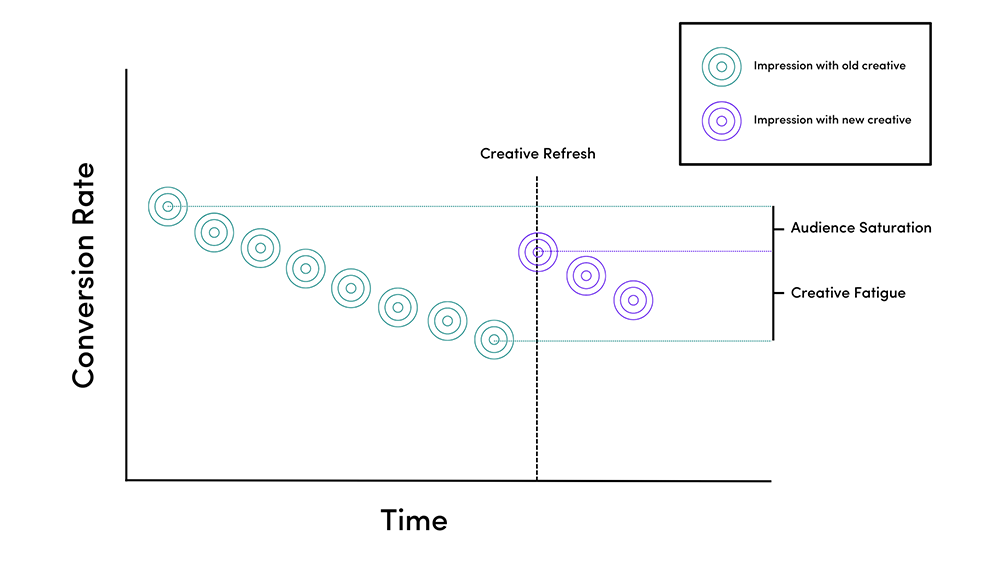
High repetition of your ad can also cause ‘ad blindness’ or ‘banner blindness’, where users tune out of your creative altogether.
The good news is that creative fatigue can be avoided by regularly digging into your campaign analytics. The key metrics you should be looking out for are:
- Ad frequency: Most advertising platforms will tell you how often, on average, a user sees your ad. An ad frequency of 5 or above might indicate a creative fatigue problem. It’s important to highlight that frequency should be observed at the AD level, not at CAMPAIGN or AD SET level. Creative fatigue happens at the creative level (your Ad level).
- Cost Per Click (CPC): Noticing an increase in your CPC? This could be a result of creative fatigue.
- Click-Through-Rate (CTR): If you’ve spotted a decline in your CTR, creative fatigue might be a factor.
How to prevent creative fatigue
Creative fatigue can be avoided or overcome with these 5 proven methods.
1. Diversify your visuals
Your creative is the first thing your audience sees, making it the most critical part of your ad. You can update the text copy of your ad as often as you’d like, but the visuals are what matter most.
This doesn’t mean you need to go out there and produce brand new visuals. It could be as simple as adjusting the colours. You may even find different customers respond differently to colours. For example, males may be more drawn to blues and greens, while females may resonate more with pinks and purples.
2. Leverage different ad formats
If you’re running multiple single-image ads, you can combine them into a carousel, or create a slideshow video from your images ads. You’re still using the same creatives, but to the end-user it looks like a different ad. You’re also capturing them in different ways, eg. Reels and Story placements.
3. Adjust your targeting
If your current audience is fatigued by your ads, then why not engage a new one? Consider targeting:
- New audiences in a different segment or niche
- Lookalike audiences
- Past website visitors
4. Use multiple channels
If you’ve tried all of the above and your ad frequency still remains high, you may need to scale back your budget. If you have a small audience pool and a grand budget, the platform will try and do all that it can to spend the allocated budget, even if it means serving the ad to the same person over and over.
This is very common with remarketing audiences.
5. Create fresh content
Easier said than done, but if you have the capacity to generate fresh creatives, it will help breathe new life into your campaign. It could be a new artwork template or fresh photography as long as it is fresh and appealing.
A well-balanced social media advertising strategy can minimise – and even eliminate – ad fatigue. Ready to launch your next campaign? Find out how Aston Digital can help.
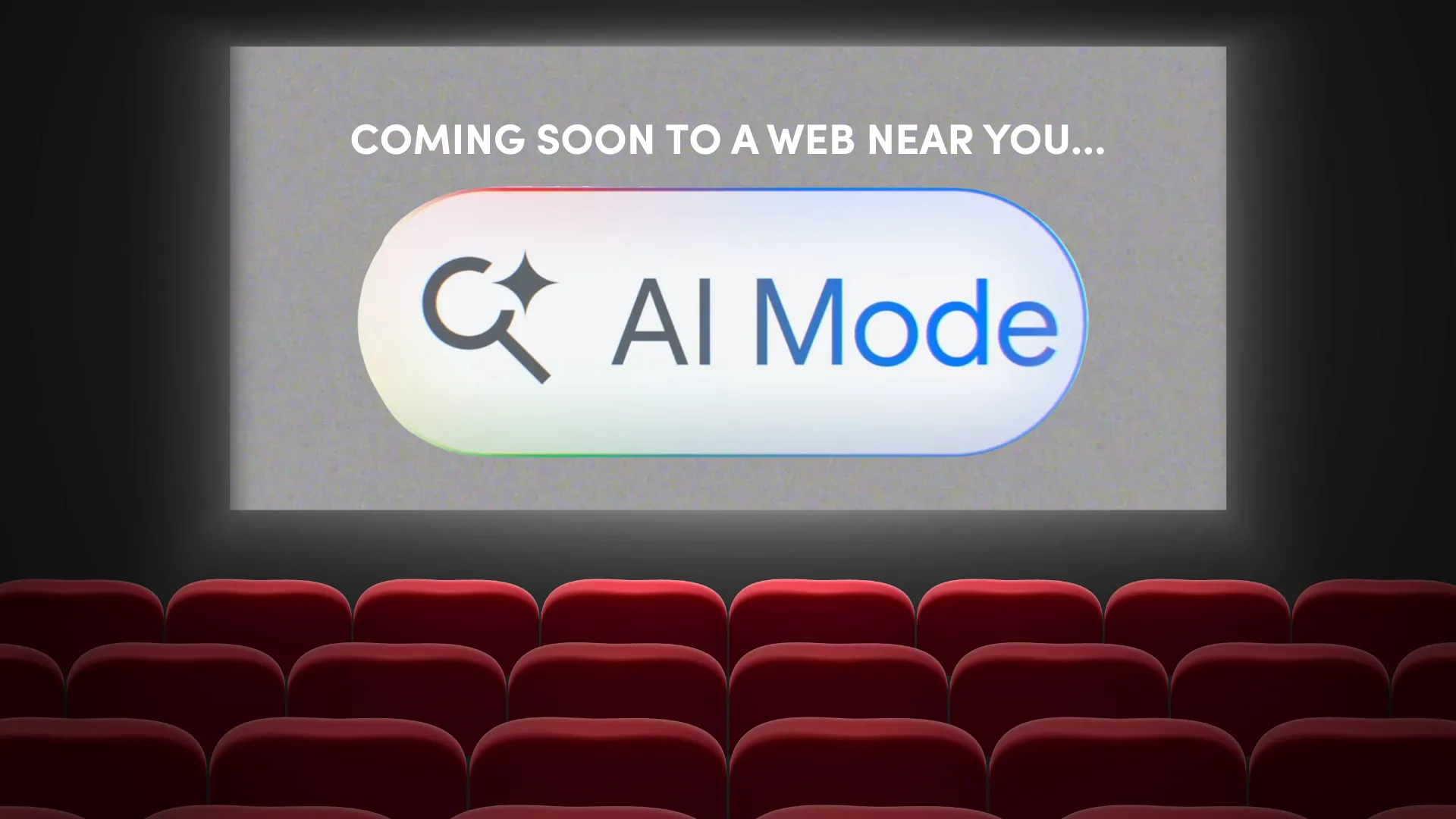
Google has started rolling out its brand-new AI Mode in countries like the United States, India, Canada and even New Zealand - but not yet in Australia. [...]
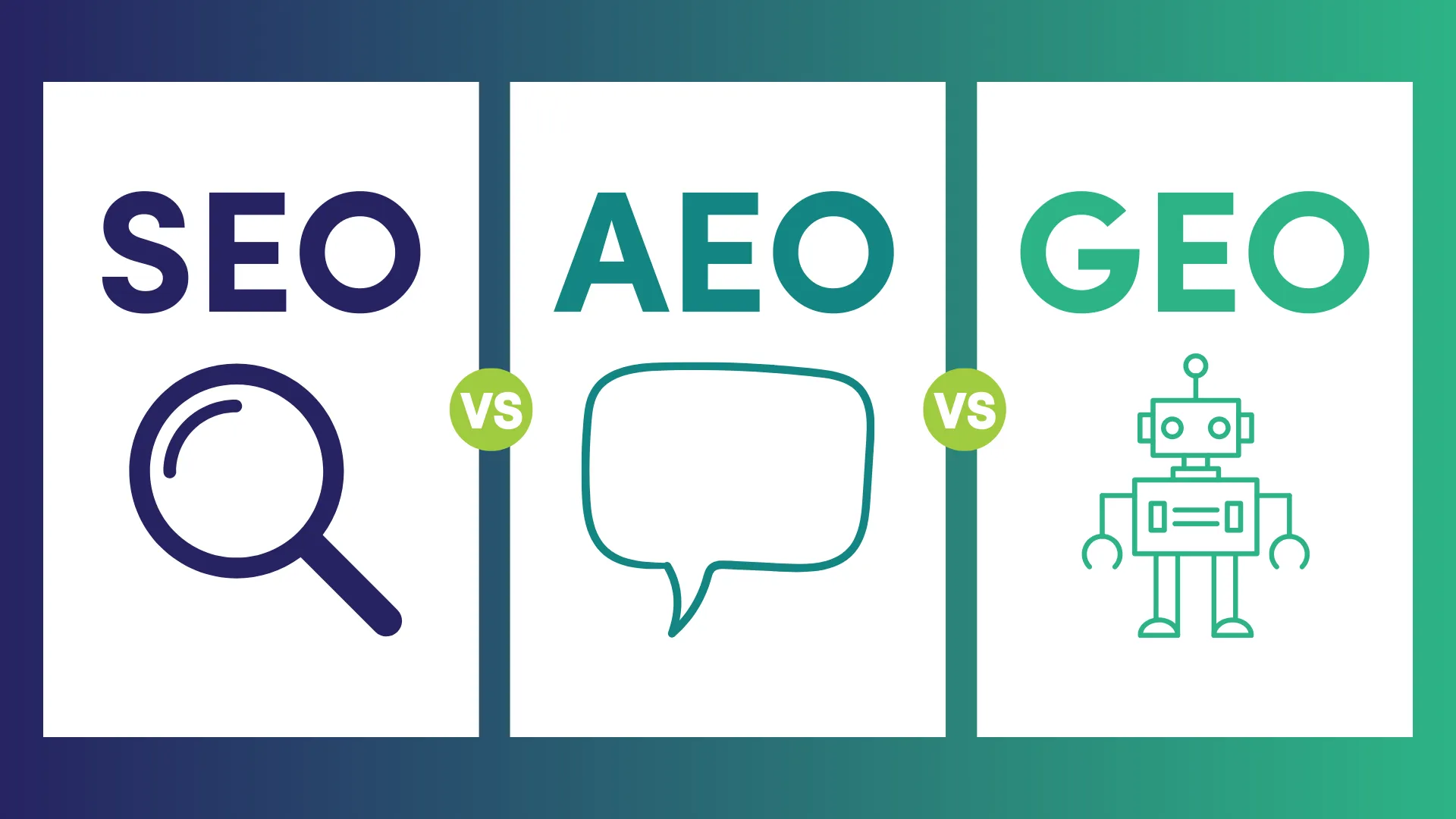
For years, Search Engine Optimisation (SEO) was the golden rule of digital marketing. Optimise keywords. Earn backlinks. Climb the rankings. But the way people find answers is [...]
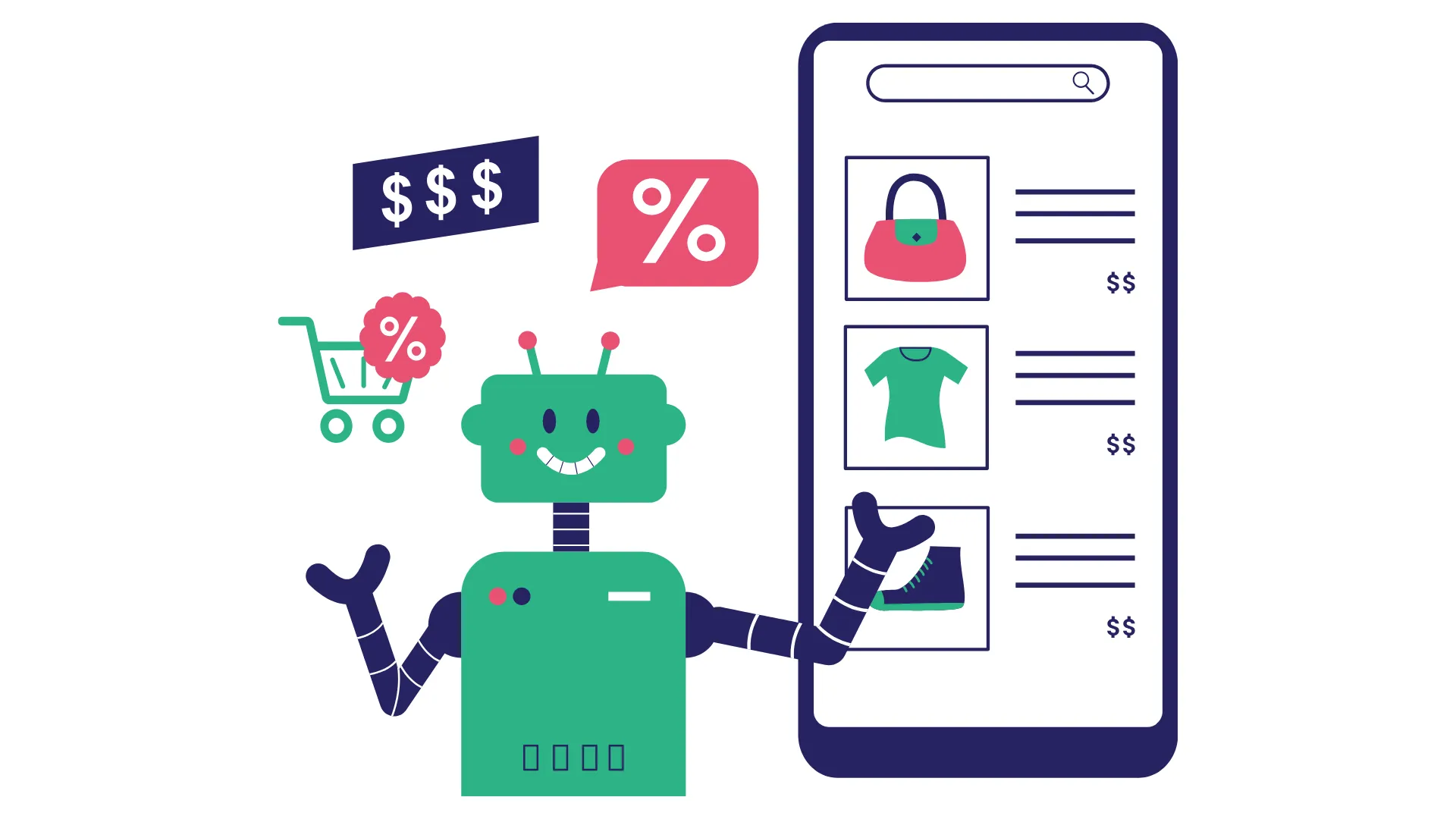
A billion searches were made on ChatGPT last week alone. Now, OpenAI is turning those queries into a powerful new retail experience. ChatGPT recently launched its AI [...]

Google’s AI Overviews are reshaping search by pulling answers from the places people are actually talking: Reddit, YouTube, Quora and other community-driven platforms. According to new data [...]

Google has started rolling out its brand-new AI Mode in countries like the United States, India, Canada and even New Zealand - but not yet in Australia. [...]

For years, Search Engine Optimisation (SEO) was the golden rule of digital marketing. Optimise keywords. Earn backlinks. Climb the rankings. But the way people find answers is [...]
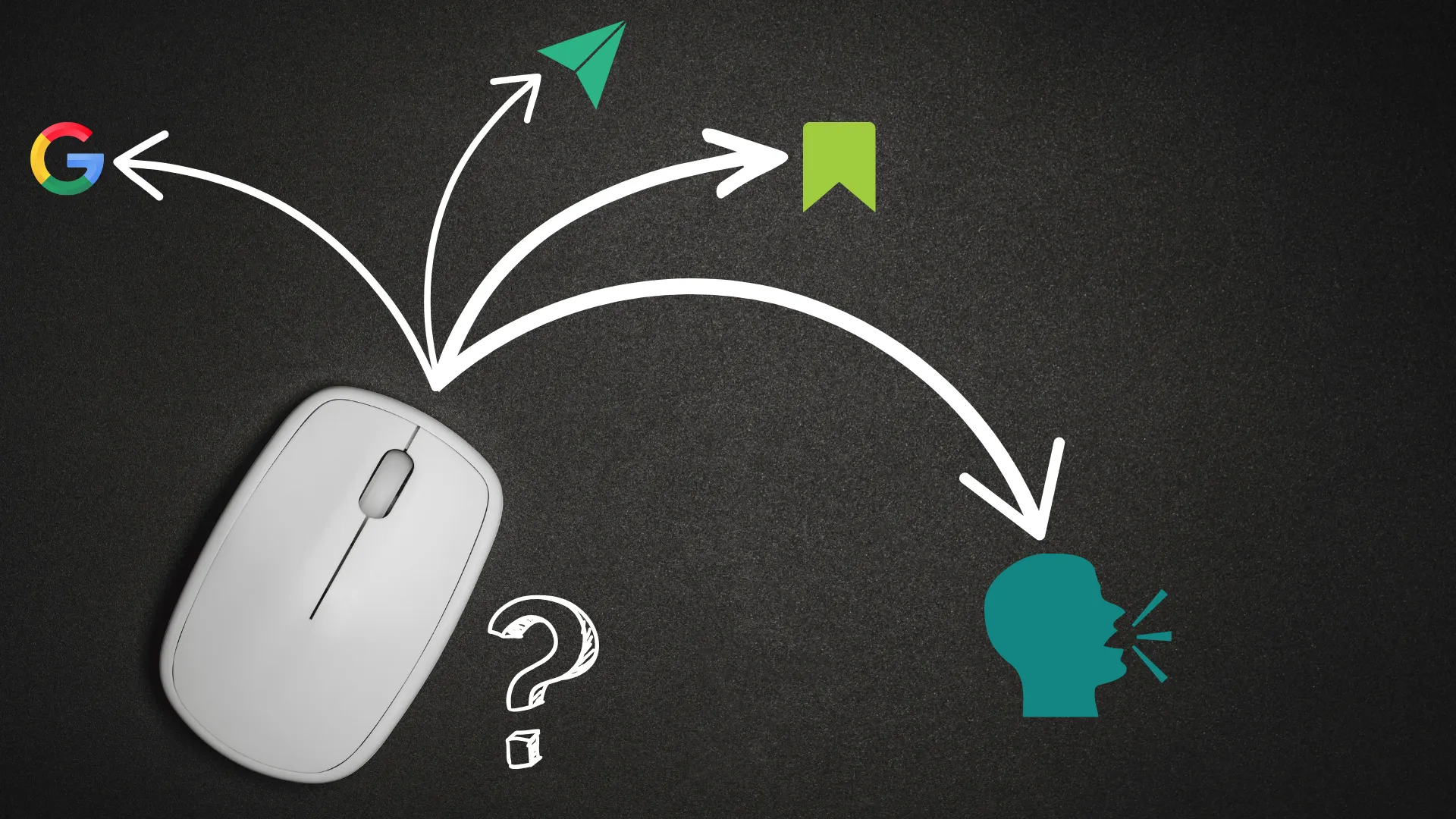
When you see a paid ad, nine times out of ten, you're probably not clicking on it. Instead, you'll likely hop over to Google, search the brand [...]

In digital advertising, audience targeting has always been both an art and a science. But what if the science just got smarter - a lot smarter? We’ve [...]
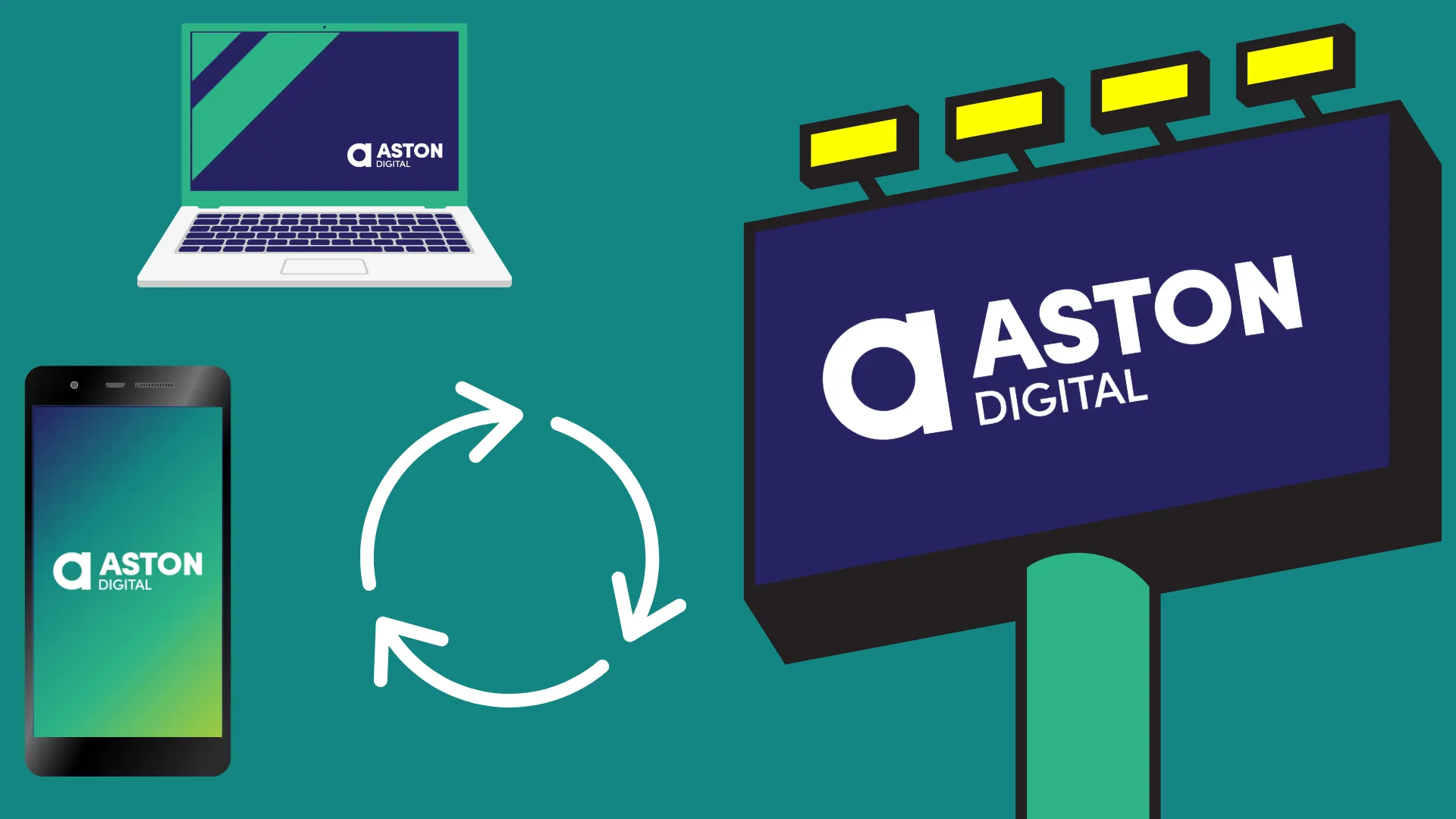
With attention spans getting shorter and competition fiercer, brands are constantly searching for that magic formula to stand out. But the answer isn’t always a bold campaign [...]

A billion searches were made on ChatGPT last week alone. Now, OpenAI is turning those queries into a powerful new retail experience. ChatGPT recently launched its AI [...]

Google’s AI Overviews are reshaping search by pulling answers from the places people are actually talking: Reddit, YouTube, Quora and other community-driven platforms. According to new data [...]
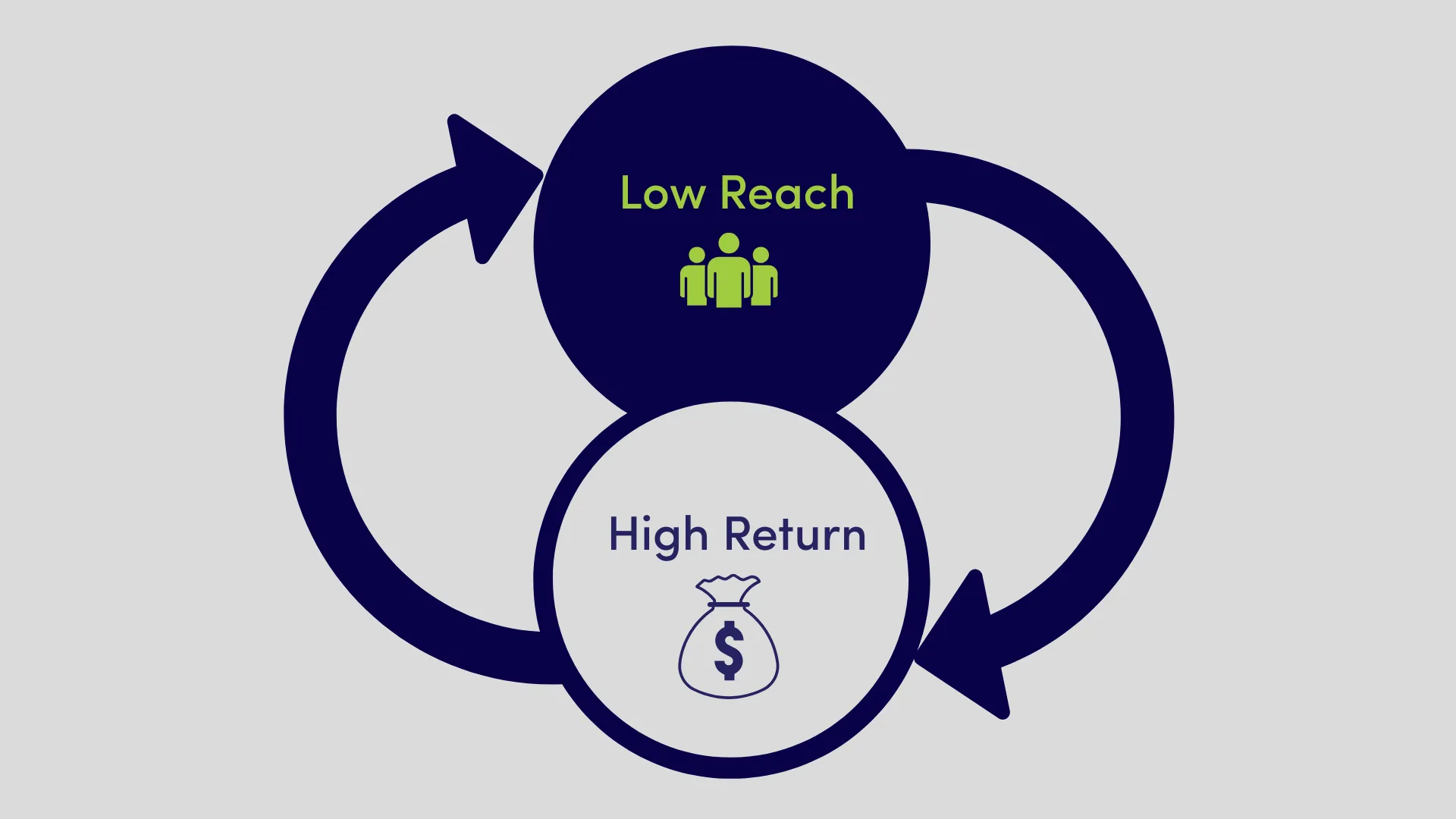
We recently posted a simple promotion on a client’s social media account. It was about a niche product - nothing flashy, not designed to go viral, just [...]
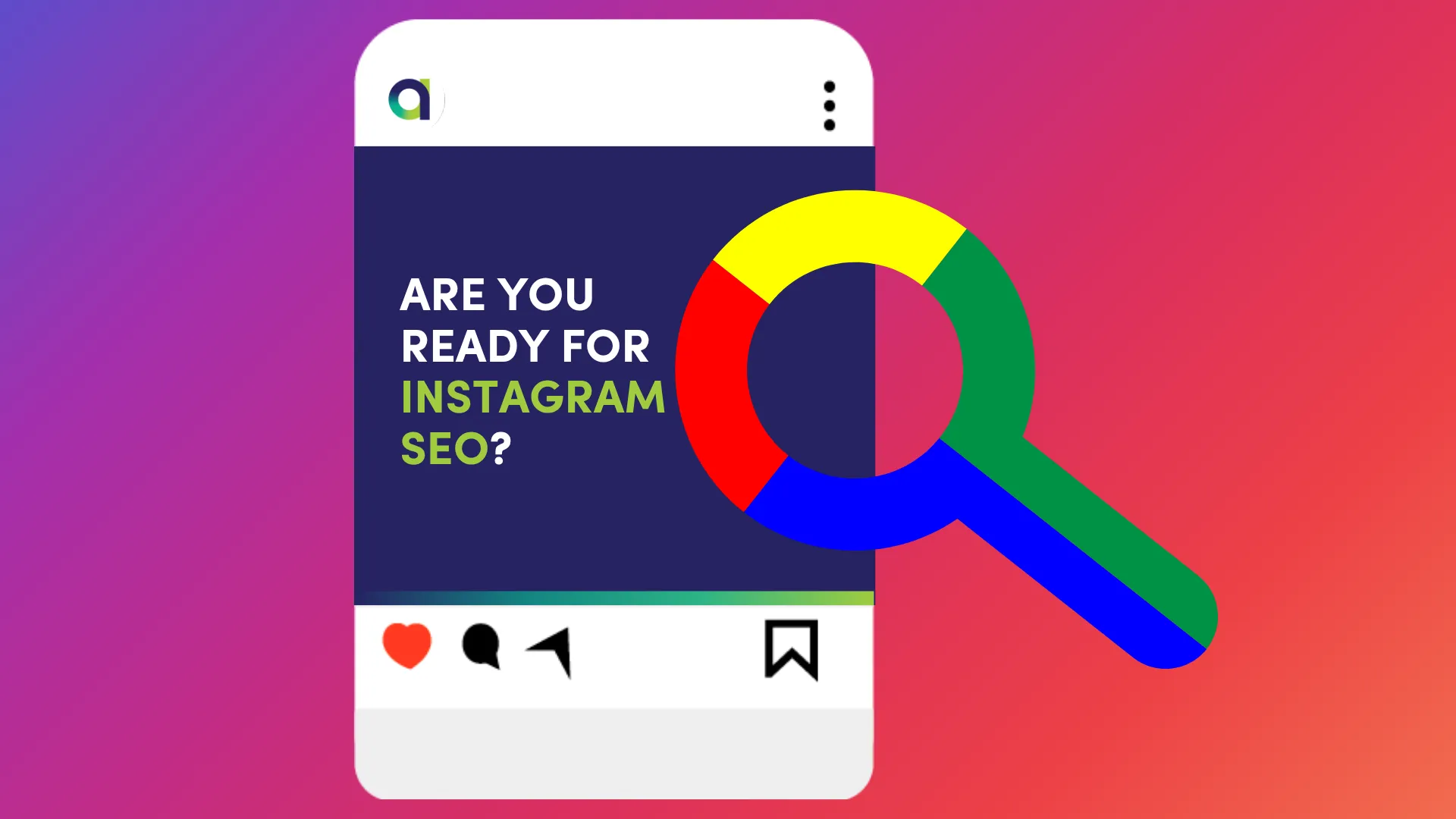
Starting July 10, 2025, public posts from professional Instagram accounts will start appearing in Google search results. That means your photos, Reels and videos could soon show [...]
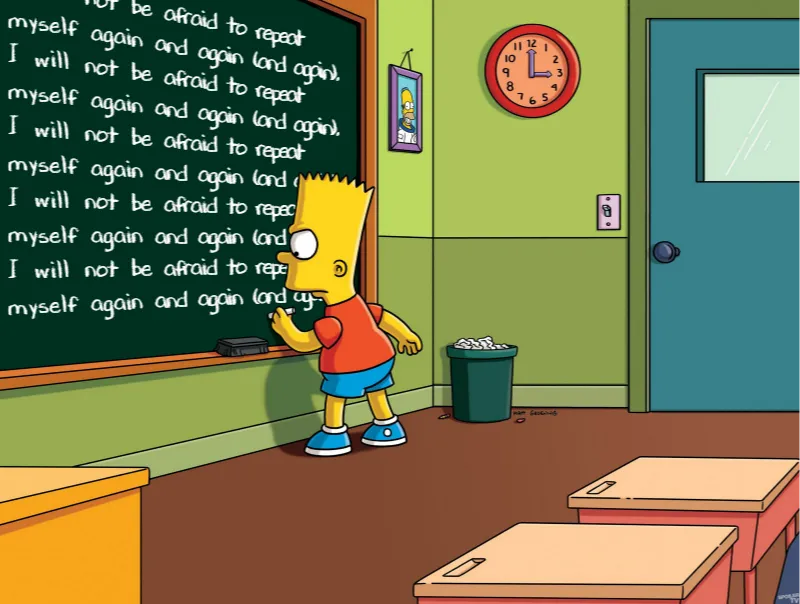
One of the most common concerns we hear from clients is: “I feel like we’re repeating ourselves too much.” They worry that saying the same message more [...]

